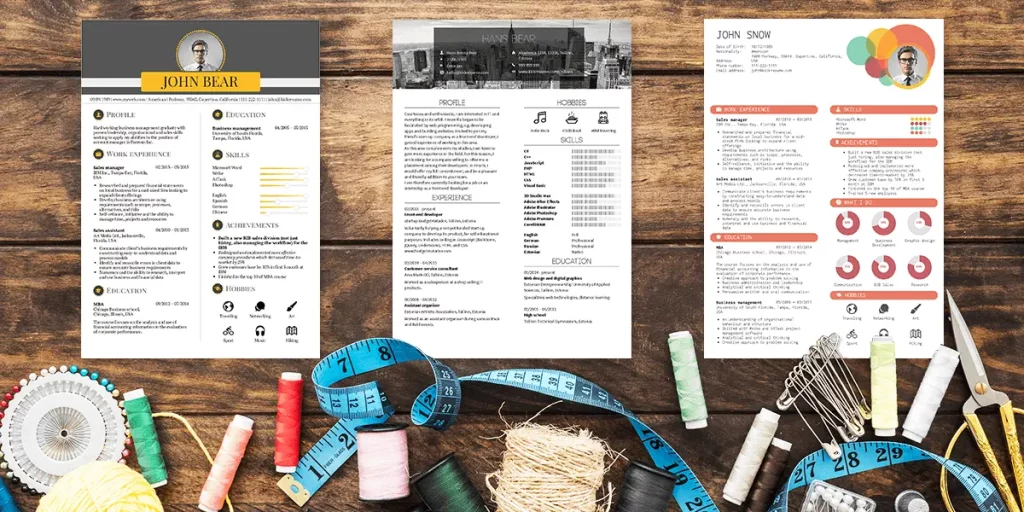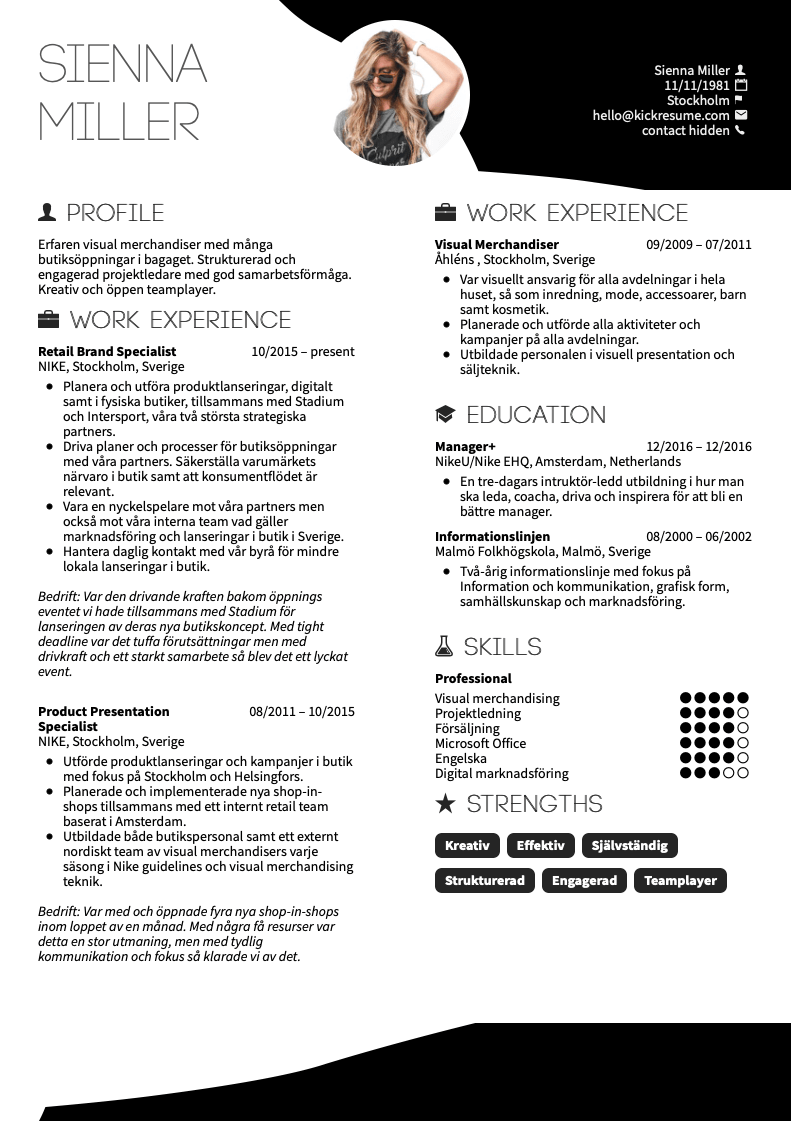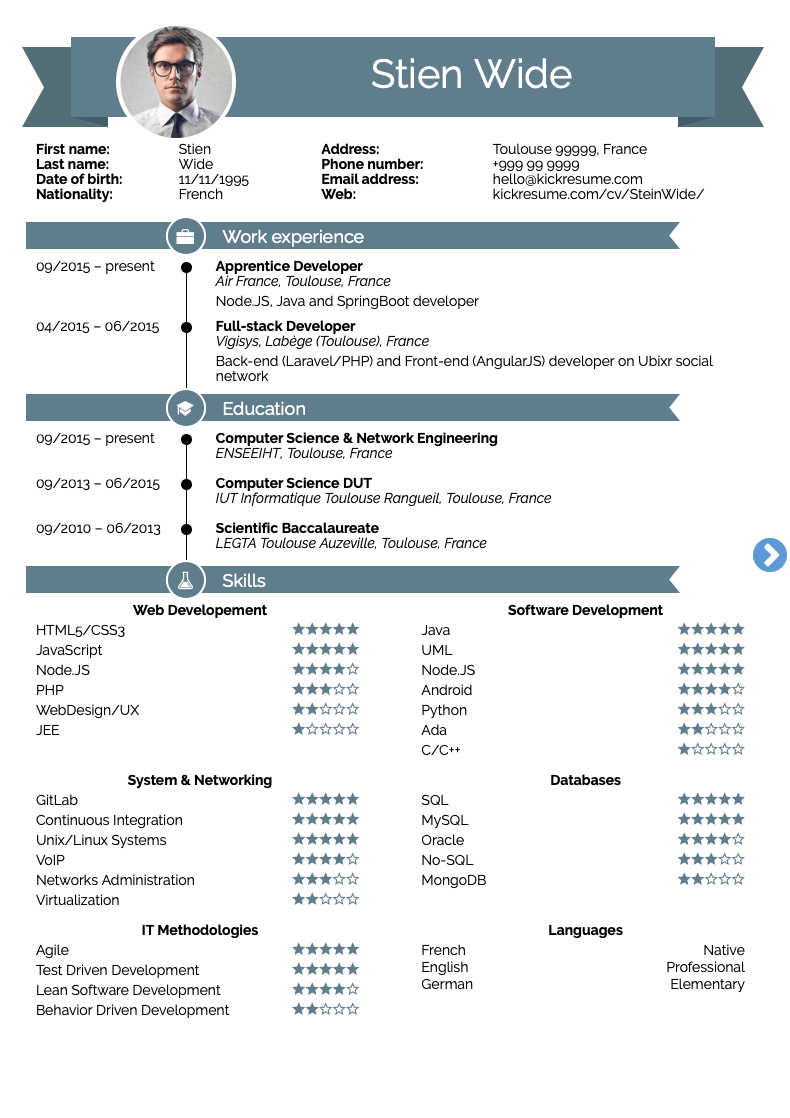You're done with your first ever job. Yes, you're ready for a change. Desperate, you open your resume, update the date and send it to the first recruiter you find. Repeating this thirty times, you get one reply.
What's the problem here?
The good news is, it’s not about you being unemployable or lacking the skillset. You probably just didn't pass the first scan—because hadn't put enough effort in to tailor your resume to a specific job description.
- Why is it important to tailor your resume?
- 1. Prepare your generic resume
- 2. Do your (job) research
- 3. Analyze the job description
- 4. Compare your skills and experience
- 5. Go back to the highlighted keywords
- 6. Consider the right design for your content
- 7. To state the objective or not to state the objective?
- 9. Ask for honest feedback
- Quick tips on how to polish your tailored resume
- Resume examples and what you can learn from them
Why is it important to tailor your resume?
Let’s take Dwayne “The Rock” Johnson as an example and let our imagination run wild.
The Rock is a wrestler thinking about a career change. He's deciding between becoming an actor or a fitness instructor.
Is he going to send the same resume both to the Universal Pictures and Gold’s Gym? God, no!
He's going to hit the gym as usual and think about how to tailor the resume based on what the different roles require.
For the acting job, he decides to emphasize the wrestling experience. After all, he did a lot of acting in the ring performing stunts every night in front of thousands of people.
When tailoring his resume for the Gold's Gym, he mentions his training sessions and achievements, as well as the diet and knowledge of human anatomy.
Tailoring your resume to a specific job description helps jot down what is relevant and stand out from the rest.
But at this point, you already know where I'm going with this.
Tailoring your resume to a specific job description helps jot down what is relevant and stand out from the rest. It makes the company feel like they're the only ones your heart belongs to. Which is exactly what makes you their best choice.
A tailored resume is a marketing tool to present and sell yourself. Remember, you are the brand you want to sell.
Does Microsoft communicate the same message to a corporate client and to a young freelancer? Sure not. They adjust their message the same way you should adjust your resume.
Here’s a proposal. We help you tailor your resume, and you get the best job ever. Do we have a deal? (Read with Tom Hardy’s Venom voice in your head.)
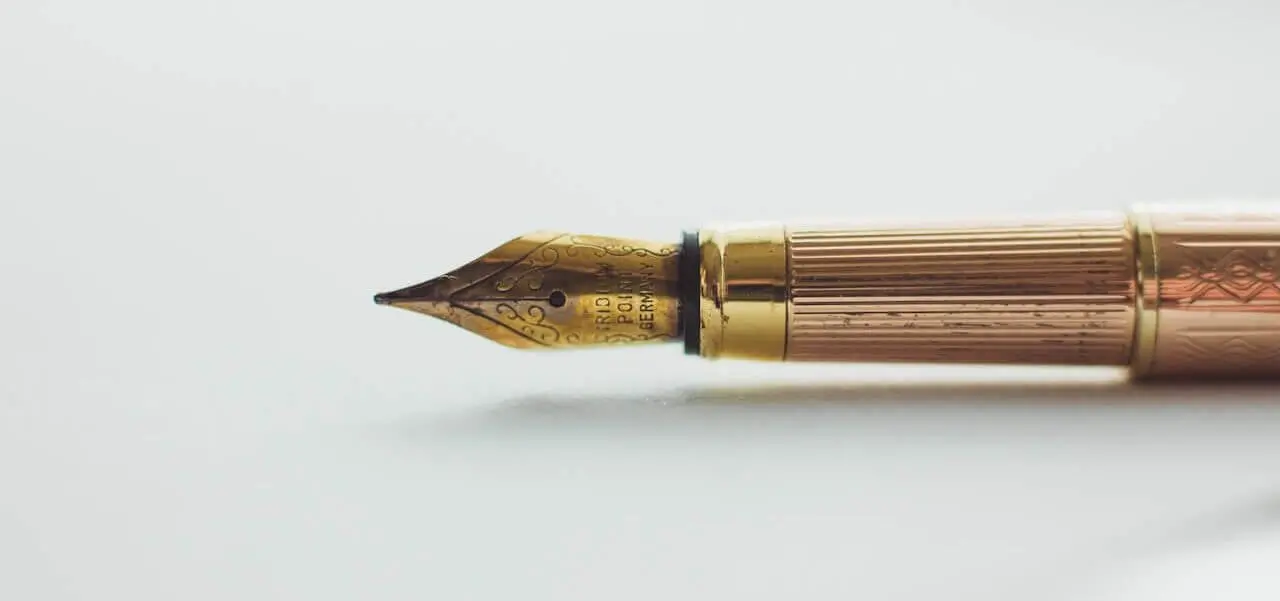
1. Prepare your generic resume
If you don't have a resume, there's nothing to tailor. So look it up in your Documents folder and open the latest version. If you don't have a resume yet or not sure how to write it, here's a nice guide.
Some of the basic information will come useful even when tailoring your resume. You probably did not travel to the past to change your name, date of birth, or education. Or did you, Dr. Who?
2. Do your (job) research
Do you want to be an astronaut or a rainforest activist? Awesome but if you've never studied space engineering or know nothing about forests and rain, you probably won't get the job even if you tailor the heck out of your resume.
Even though always shooting for stars (pun intended, heh) is a great personality trait, you need to stay realistic about your skills and experiences.
Don't overestimate yourself. Do a thorough research and look for jobs you have at least a small chance of getting.
But nobody is saying you shouldn't challenge yourself. If you're already a barista, you can always become a great café manager or an assistant roaster.

3. Analyze the job description
Once you've found a suitable job position, you need to analyze the job description. Sometimes the best way to do it is to print it out, take a marker and get your hands dirty. Ask yourself:
- What are the essential keywords here? (Highlight them, they'll come handy later on.)
- What adjectives, nouns and phrases occur repeatedly?
- Which words are original or untypical?
- What language does the company use?
It’s not only about the requirements. How the company presents itself and how they're trying to get under the skin of whom they really want to hire is equally important. Soak in the general vibe.
4. Compare your skills and experience
Let's see what you can bring to the table.
Which requirements do you meet entirely and what qualities do you lack? Even if you're not a 100% match, you can always aspire to a specific skill or experience. Concentrate on your strengths.
If the company is looking for a “creative guru,” but you haven't been in a creative job yet, try to think of the “creative guru” traits you might have. Maybe you drew cartoons for a high school magazine, or you were the problem-solver on your current team. It might seem like a long stretch but things like these count.
Here's another example. If your desired job requires you to research questions and answering them, you might mention that you're a top writer on Quora. Of course, it’s not a paid “real-job-your-mama-always-wanted-you-to-have” type of position. But is it relevant? Hell yeah!

5. Go back to the highlighted keywords
Here comes one of the most crucial steps in the process. The hard truth is it's not some sweet, Santa-like figure who'd be deciding whether to send your resume to the second round.
Most of the time, it’s just an automated, cold-hearted robot waiting at the gates. In the recruiting lingo, these robots are called ATS (Applicant’s Tracker Systems).
These robots don't understand human language very well (yet!). On the other hand, they can read and search for keywords pretty well.
If you don't include these keywords, ATS might decide you aren't suitable and throws your resume away. Hurts, right?
You've already found your keywords. Add them to your resume. Use the same expressions as those included in the job description. But put them only in places where it makes sense, don't juggle them around.
6. Consider the right design for your content
What form should a resume have? Not always the same.
Applying for a developer’s job in a corporation? A simple, clean, minimalistic approach is the way to go. Tailoring resume for a small yet established and famous online agency? A resume resembling lines of code might help you stand out.
What about the structure of your resume? Sure, you always start with the name, address, date of birth, etc. But what then? Go a bit counterintuitive.
Even though you might want to put your most recent experience first, don’t do it every time.
Tailoring a resume means you want to fit it to a position you're aiming at. For this reason, you can sometimes leave the most recent for later and start with the most relevant stuff.
Make your resume eye-catching yet simple and easy to read. Today, the internet offers plenty of tools to help you with that (Kickresume saying Hi).
Should you add a picture? If applying for a fashion model, a good idea, for a bank teller, not so much. Also consider your country's best practices.
7. To state the objective or not to state the objective?
If you decide on a resume objective, be very clear with the objective statement. It helps you send an clear message to recruiters and grab their attention.
State what you're up to, what qualities you can bring to the job, what makes you unique, why they should hire you, etc. The right keywords go a long way here too.
The objective might also improve your chances if you're considering a career switch. Usually people wouldn’t understand why you're applying for a job with skills that do not match it. Here’s your window to explain get them hooked.
On the other hand, most HR managers believe that objective statements don't add much to your application. Especially, if you miss the point and only piece together a bunch of outdated buzzwords. If you're determined to include an objective statement in your resume, make sure it's good.

9. Ask for honest feedback
You don't see yourself the same way others can see you. And that can be either good or bad, depending on the circumstances.
You might have a skill that's worth mentioning but it would never cross your mind. On the other hand, you might have included a skill or experience you don't really have.
Ask a professional from the field you're applying to. They can help you point out misdirections or unnecessary information, add a skill you'd never thought of, or help you learn industry lingo.
No industry professionals around? Doesn't matter, ask your brother, mom, or your second cousin twice removed. Anyone who knows you a bit can help.

Quick tips on how to polish your tailored resume
1. Stay clear and concise
In the age of fast thumbs and screens, no one's going to pay attention to your resume for more than five seconds.
Don’t waste recruiters’ time on prologues and epilogues. Don’t use fancy words or buzzwords. Go for the kill from the beginning.
Don’t make them read tons of text, highlight (bold, underline) what’s important. Write the information in bullet points, but with additional explanatory sentences, so they can quickly scan the crucial parts.
2. Be ready to prove everything
Always look for jobs that suit your abilities and qualities at least to some extent.
Saying something you can’t prove is a way to hell. Or at the very least, it's not a good strategy if you want to do well at the interview.

Don’t apply the “fake-it-till-you-make-it” rule here. Always be ready to substantiate everything — with a certificate, a course, an award, a reference from a colleague. You get the idea.
3. Use the right words
Every industry has its own jargon. And it's always to your advantage if you can use it in your resume.
Let the recruiters know you're familiar with the topic. Want to be a food critic? Make sure to use at least some culinary lingo.
Don’t forget to also address the tone of your resume. Every single word you decide to use can reveal something about your personality and work in your favor.
4. Share something interesting about yourself
This is not a cover letter. Don’t try to write a full-blown essays about yourself. But you can always leave little breadcrumbs of what kind of person you are.
A former race car driver applying for a school bus driver job who likes to bake his own sourdough bread? That's pretty memorable and well worth mentioning.
It shows not only that you have the driving skills but also that you care about living creatures. (And come on, from the five people around you right now, who bakes their own bread?)
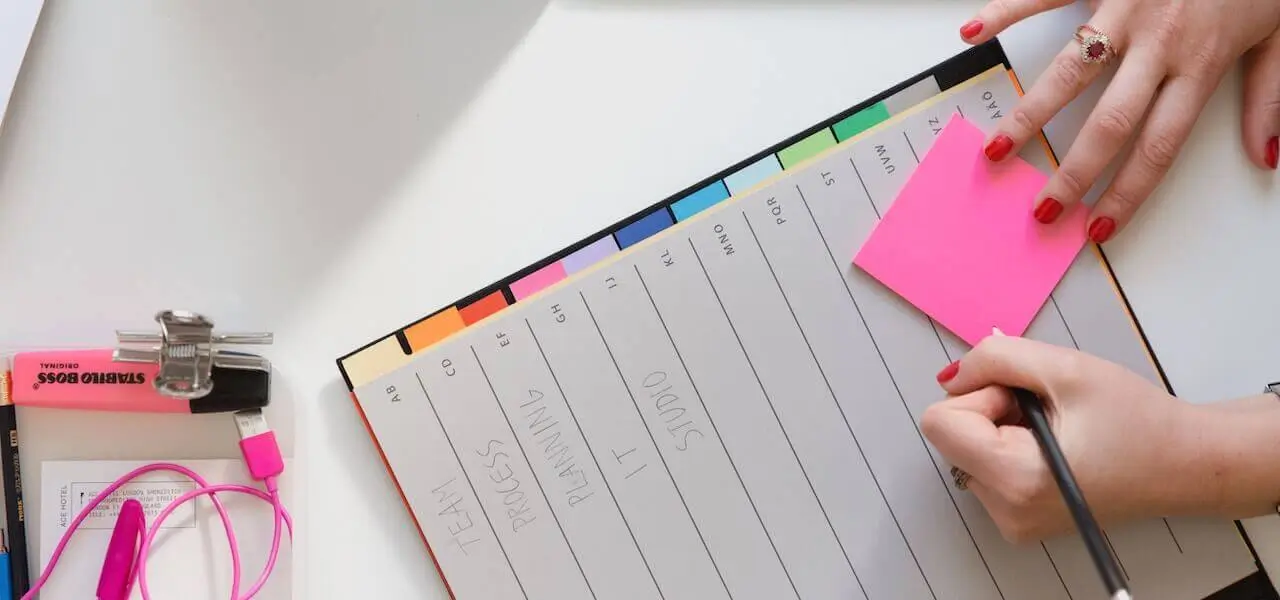
5. Check spelling and grammar
It might surprise you how many hiring managers are also grammar nazis. Ask yourself, what aftertaste will your resume leave if your potential employer reads “your” instead of “you’re” or “has” instead of “have”?
Sure, not everyone can be a LeBron James of grammar. But everybody knows at least one person who can check their grammar and spelling. If you don't, pick one of the hundreds of proofreading services you can find on the internet (Grammarly, Kickresume, etc.).
6. Keep it ATS-friendly
Most recruiters clearly state in what format they expect to receive your resume. Stick to it. If they ask for a pdf, send a pdf. If they ask for edible paper, ask if they want some sugar with it.
It’s not just their way of playing games with you. Usually, all resumes go through a software scan first. And we've already mentioned how ruthless these robots can be if you feed them the wrong type of information.
Finally, don't forget to meet all other requirements they ask for – subject line, e-mail address, title, attachments, etc.

Resume examples and what you can learn from them
There's a gazillion ways to get your application discarded.
But if you're honest about your skills and experience, and if you stick to the steps outlined in this guide, you should be all right.
Need inspiration? Here are two neat cases of well-polished and tailored resumes to help you tweak yours.
Sienna applied for a Nike retail brand specialist job. Surely enough, her resume helped her a lot. What can you learn from it?
- Do you see the sterile office picture? Nope, because none is there. Vivid and dynamic photo expressing Sienna‘s personality is the first thing you notice. She kept the communication and positioning of the company in mind.
- Clean, yet visually pleasing and not more than one page long. This is something an athlete-oriented brand receives with open arms.
- Black shapes in the header and footer distinguishes her resume from others. Unusual color to go with but if put together decently, it can work. Think about ways to stand out from the crowd.
- Even though the text is in Swedish, you can spot the keywords coming out of the resume distinguished from the rest of the page. (If you don't, notice the Strengths section 😀 )
On the first sight, this resume might seem too long and unstructured, but once you see it more closely, you realize it 's very well put together. What can you learn from it?
- You can either present information verbally and stack up a pile of various adjectives. Or you can be like Stien and come up with a star rating system. Great way for a software developer to show his skill with various technologies.
- Stien must have thought about his manager’s abilities and point them out. See page two (click the resume), and get wowed by the excellent system explaining his social, emotional, and cognitive traits without using many words.

The takeaway: remember these three points
Great! You've made it to the end of this guide, which means that you're determined to write the best you've ever written. In the end, it's not rocket science.
It all comes down to these three basic points;
- Be honest with yourself;
- Keep the keywords in mind;
- Give the recruiter something to get hooked on.
The first one helps you tailor your resume according to the job description and submit the most relevant versions. The second helps you pass the ATS to the next round. And the third one increases your chances of getting recruiter's attention and getting invited to an interview. Good luck!
If you enjoyed our guide on how to tailor your resume to a specific job description, share it with your friends. After all, sharing is caring! 😍
Mastered the art of tailoring your resume to a specific job description? Perfect! Now let's put that knowledge to action. Browse our comprehensive collection of resume samples and find one that suits your tailored resume needs.
